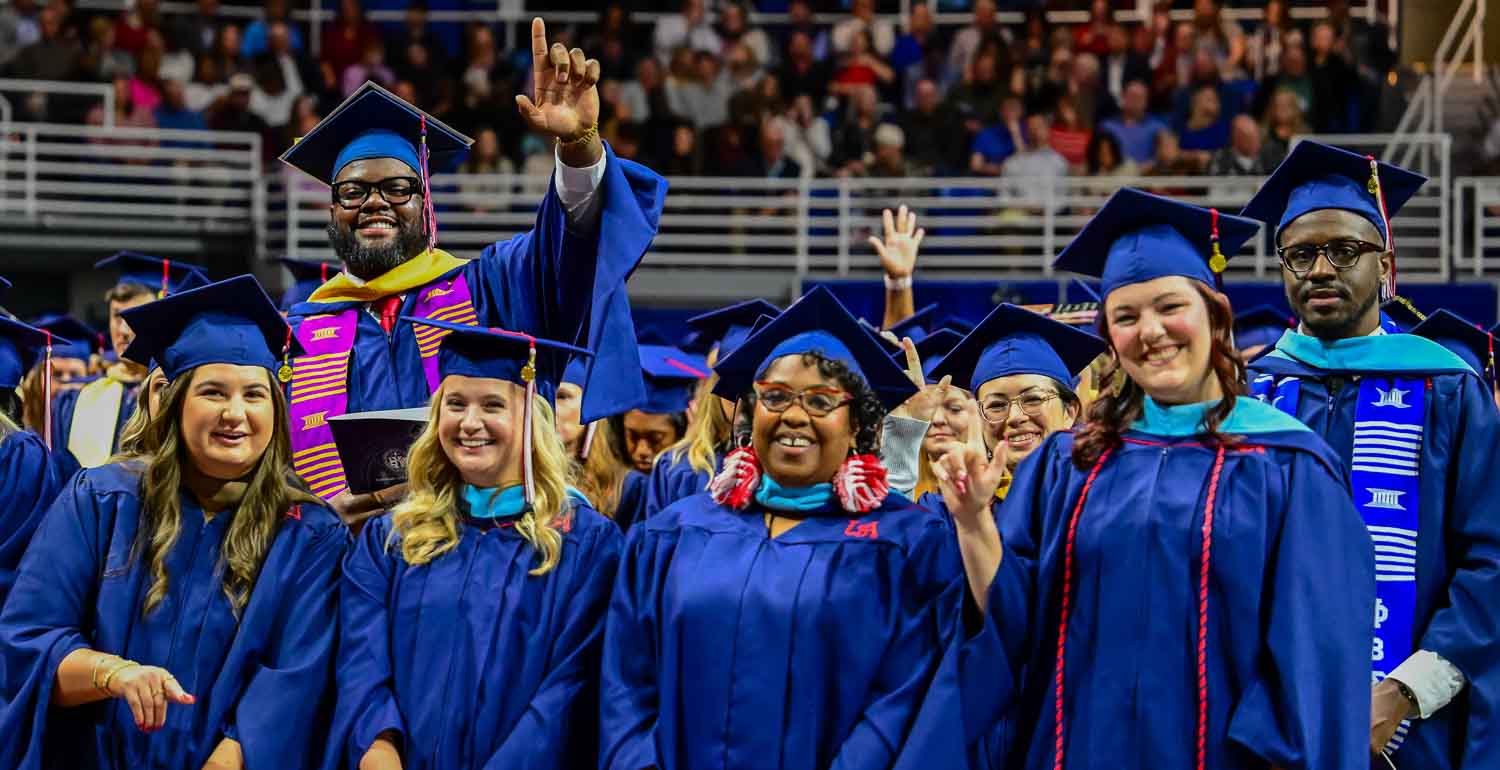What Can Geckos Tell Us About Freckles?
Posted on October 9, 2019
When you think of lizards, geckos come to mind. You see them in television commercials and sometimes in and near homes. So what makes them unique and interesting to study in academia? Several researchers used an approach to study geckos that could be applied to understand the variation in the organization of freckles on the human body or moles, even digits on the fingers.
Dr. Maria Kiskowski-Byrne, associate professor of mathematics and statistics at the University of South Alabama, joined Dr. Ylenia Chiari, a former USA faculty member in biology, now an assistant professor of biology at George Mason University, as they studied the spots on the heads of gecko lizards and what produces the variation in the shape and organization of these spots among different individual geckos. Their research and subsequent journal article, “Isolating and Quantifying the Role of Developmental Noise in Generating Phenotypic Variation,” was published recently in the Journal PLoS Computational Biology.
“We are very proud of this paper,” Kiskowski-Byrne said. “As mathematicians, our role was to calculate and provide the results of the data, which concluded that the differences in the morphological variation had to be genetic and environmental. Mathematicians and biologists came together with very different perspectives but, together, were able to go deeper with this research than if we had worked separately.”
During the research, Chiari, Kiskowski-Byrne and the rest of the research team used this integrative approach to understand the patterns in vertebrate ecology and evolution.
“We found that most of the variation is due to the difference in genes and environments among the study’s individuals, but that randomness is also a strong contributor of this variation,” Chiari said. “And the influence of randomness on morphological variation is not well studied and not well understood and so our work is extremely important in showing that the effect of randomness on variation should not be minimized.”
The research team included faculty Dr. Tilmann Glimm, Western Washington University; Dr. Tony Gamble, Marquette University, and Nickolas Moreno, University of South Alabama alumnus. He’s now a graduate student at George Mason University.





